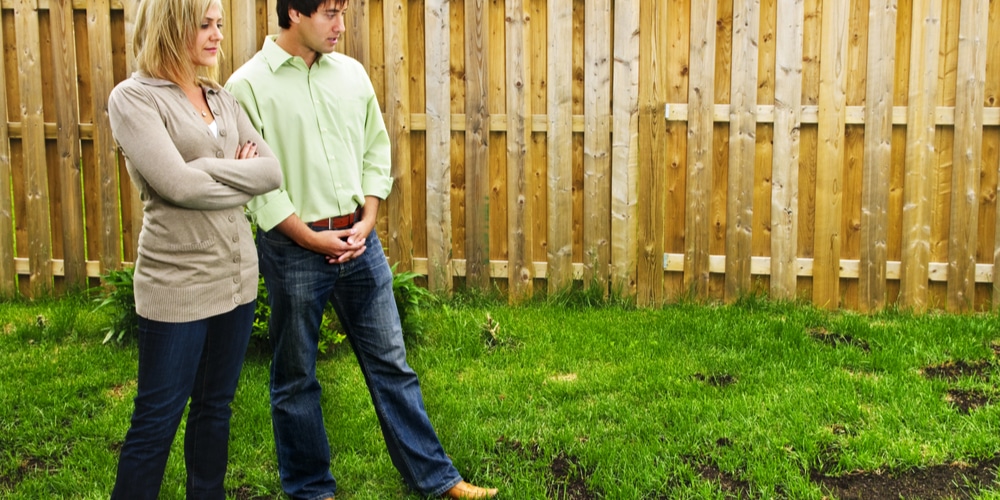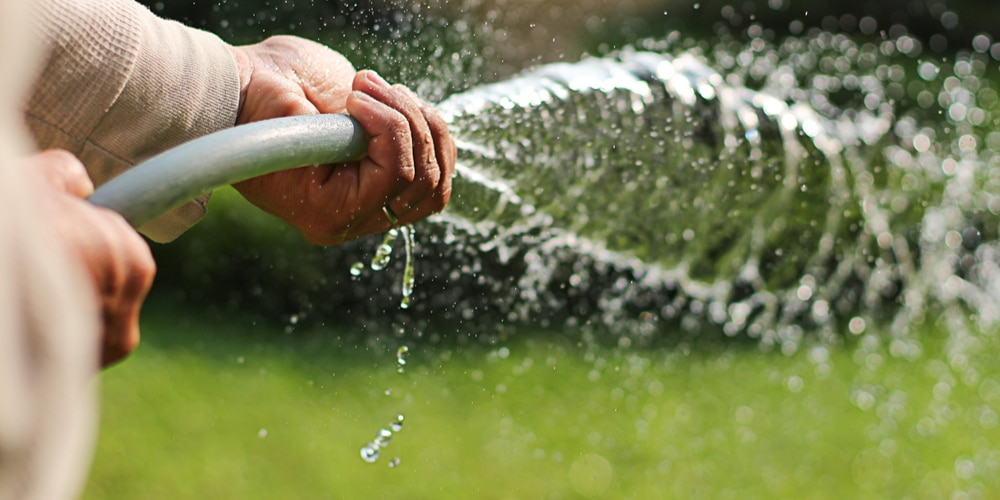Like most homeowners, you want your lawn to look its best. This often means keeping your grass healthy and green. One of the most popular types of grass is centipede grass. This variety is known for being low-maintenance and drought-tolerant. But that doesn’t mean you can neglect it! This blog post will discuss how often to water centipede grass and provide some tips on proper maintenance.
Centipede Grass
Centipede grass is a type of turfgrass commonly used in lawns and gardens. It is a warm-season grass, which grows best in regions with hot summers.
Centipede grass is known for its low maintenance requirements and ability to withstand heavy foot traffic. It is also tolerant of drought and salt, making it a good choice for areas near the coast.
Although centipede grass is not as wear-resistant as some other turfgrasses, it can still provide a dense, green lawn if it is correctly cared for. With its low-maintenance needs and salt tolerance, centipede grass is ideal for those who want a beautiful lawn with minimal effort.
Care And Maintenance
Soil
Centipede grass is a warm-season turfgrass popular in the southern United States. It is known for its low maintenance requirements and ability to thrive in poor soil conditions.
However, centipede grass still requires some primary care to maintain a healthy lawn. One of the most critical aspects of soil maintenance for centipede grass is ensuring that the pH level is 5 and 6.
The ideal pH level for centipede grass is 6.0. Soil that is too acidic or too alkaline can lead to nutrient deficiencies and poor plant growth. Another important aspect of soil maintenance for centipede grass is providing adequate drainage.
Centipede grass cannot tolerate standing water, so it is important to ensure that the soil drains well.
Water
As any gardener knows, watering is essential for keeping grass healthy. But how often should you water centipede grass? This type of grass is native to tropical and subtropical regions, so it’s used to warm weather and high humidity.
As a result, it doesn’t need as much water as other types of grass. Once every week or two is usually sufficient. However, during extended heat or drought periods, you may need to water more frequently to keep the grass from turning brown.
Regardless of the weather, be sure to check the soil before watering. If the top inch or so is dry, it’s time to give the lawn a drink. Too much water can be just as harmful as too little, so always err on the side of caution.
With a bit of care and attention, you can keep your centipede grass looking green and healthy all season long.
Fertilizer
Fertilizer is essential for lawn care because it provides nutrients that grass needs to be healthy. A good fertilizer program should be based on a soil test, telling you what nutrients your lawn lacks.
Fertilizer should be applied in early spring and again in early fall. For centipede grass, slow-release fertilizer is best. Follow the manufacturer’s instructions when applying fertilizer, as too much can damage the grass.
Once the fertilizer has been applied, it is important to water thoroughly so that the roots can take up the nutrients. With proper fertilizer maintenance, your centipede grass will stay healthy and green.
Pest Control
Centipede grass is relatively resistant to pests and diseases. However, there are a few insects that can cause problems. The most common insect pests of centipede grass are chinch bugs and armyworms.
These insects can damage the grass by feeding on the leaves. If you notice any signs of insect damage, such as brown patches or thinning grass, you should contact a pest control professional.
Mowing
Mowing is one of the most important aspects of centipede grass care. This type of grass should be mowed to one to two inches. The best time to mow is before the grass gets too hot in the early morning.
Be sure to use a sharp mower blade to avoid damaging the grass. Also, avoid removing more than one-third of the grass blade. Mowing too low can damage the grass and make it more susceptible to disease.
How often to water centipede grass: Conclusion
Centipede grass can be a beautiful, low-maintenance lawn with proper care and maintenance. By following these simple tips, you can keep your lawn looking green and healthy.
Related Article: Aerating Centipede Grass


